√無料でダウンロード! range of non human primates 244163-How many non human primates are there
Nonhuman primates represent one of the most diverse groups of mammals Demonstrating a wide range of ecological, locomotor, dietary and behavioural variations they are taxonomically diverse and continue to be a source of phylogenetic debateAnimal testing, also known as animal experimentation, animal research and in vivo testing, is the use of nonhuman animals in experiments that seek to control the variables that affect the behavior or biological system under studyThis approach can be contrasted with field studies in which animals are observed in their natural environments or habitatsNonhuman Primates Nonhuman Primates Zoonotic Disease Risks 2June may include fever, chills, weakness, pain, and headache The severe form of the disease results in impaired kidney and liver function, as well as mental status changes, and possible death

Range Of Non Human Primates R Map
How many non human primates are there
How many non human primates are there- Background Hostassociated microbes comprise an integral part of animal digestive systems and these interactions have a long evolutionary history It has been hypothesized that the gastrointestinal microbiome of humans and other nonhuman primates may have played significant roles in host evolution by facilitating a range of dietary adaptations Studies of primate personality have become increasingly common over the past three decades Recently, studies have begun to focus on the health, welfare and conservation implications of personality, and the potential applications of incorporating quantitative personality assessments into animal management programmes However, this literature is dispersed across




Justice And Fairness Related Behaviors In Nonhuman Primates Pnas
nonhuman primates HBVrelated strains and human Previous epidemiological studies of rural human CO HBVs as well as the fact, that HBV virus is a blood populations in northeastern Gabon reveal a high pre transmissible viruse supported the possibility that the valence of human hepatitis A, B, C and D viruses in risk of zoonotic disease transmission existsThe nonhuman primate species most widely used in research include macaques Macaca mulatta (rhesus monkey) M fascicularis (cynomolgus monkey) M nemestrina (pigtailed monkey) some African species Chlorocebus aethiops (African green monkey, vervet monkey) Papio spp (baboons) some South American species Saimiri sciureus (squirrel monkey) Humans frequently exposed to a range of nonhuman primate malaria parasite species through the bites of Anopheles dirus mosquitoes in Southcentral Vietnam Yoshimasa Maeno 1, Nguyen Tuyen Quang 2, Richard Culleton 3, Satoru Kawai 4, Gaku Masuda 5, Shusuke Nakazawa 6 & Ron P Marchand 2
Review of Research Using NonHuman Primates 1 11 In 06 a Working Group chaired by Sir David Weatherall recommended (Recommendation 4) that the major funding organisations should undertake a systematic review of the outcome of all their research using nonhuman primates (NHPs) supported over the last decadeNONHUMAN PRIMATES Article 6121 Introduction There are about 376different species of nonhuman primates belonging to threesuborders which are split into 15families The tree shrew family (previously considered as belonging to the primates) has not been included in these recommendationsMost nonhuman primate communities are more or less closed to contact with members of other communities Most often, they are tied to a particular locale and rarely migrate outside of their home range This aloofness from other troops prevents high concentrations of individuals which could result in rapid depletion of local resources
Thus, for the first time, a nonhuman primate model of a human brain disorder exhibited the unique advantage of mimicking the neuropathological symptoms, which are difficult to find in rodent models Another pioneering work in genetic engineering for nonhuman primates was done in marmosets (Callithrix jacchus) What are some examples of nonhuman primates?DVR maintains nonhuman primate holding facilities at both the Bethesda campus and the Animal Center Facilities are available to maintain socially housed small, medium or large nonhuman primates DVR has a broad range of caging and housing systems to




The Contribution Of Nonhuman Primate Research To The Understanding Of Emotion And Cognition And Its Clinical Relevance Pnas




Scielo Brasil Theories About Evolutionary Origins Of Human Hepatitis B Virus In Primates And Humans Theories About Evolutionary Origins Of Human Hepatitis B Virus In Primates And Humans
Macaques mainly depend on humansupplied food and hardly depend on the food from the forest, hence recording the smallest home range among the three primate species The study concludes that purple faced leaf langur's home range is the largest home range than gray langur and toque macaqueThose species that are only able to adapt to very limited ranges are relatively less successful Based on this criterion, common chimpanzees are the most successful ape and macaques are the most successful monkey What are primates non primates? Climate change is likely to negatively affect the habitats of nonhuman primate species Recent research has identified a nearlinear relationship between cumulative CO 2 emissions, and the resulting regional and seasonal temperature increase Here, we use this relationship to assess the potential impact that cumulative CO 2 emissions could have on the
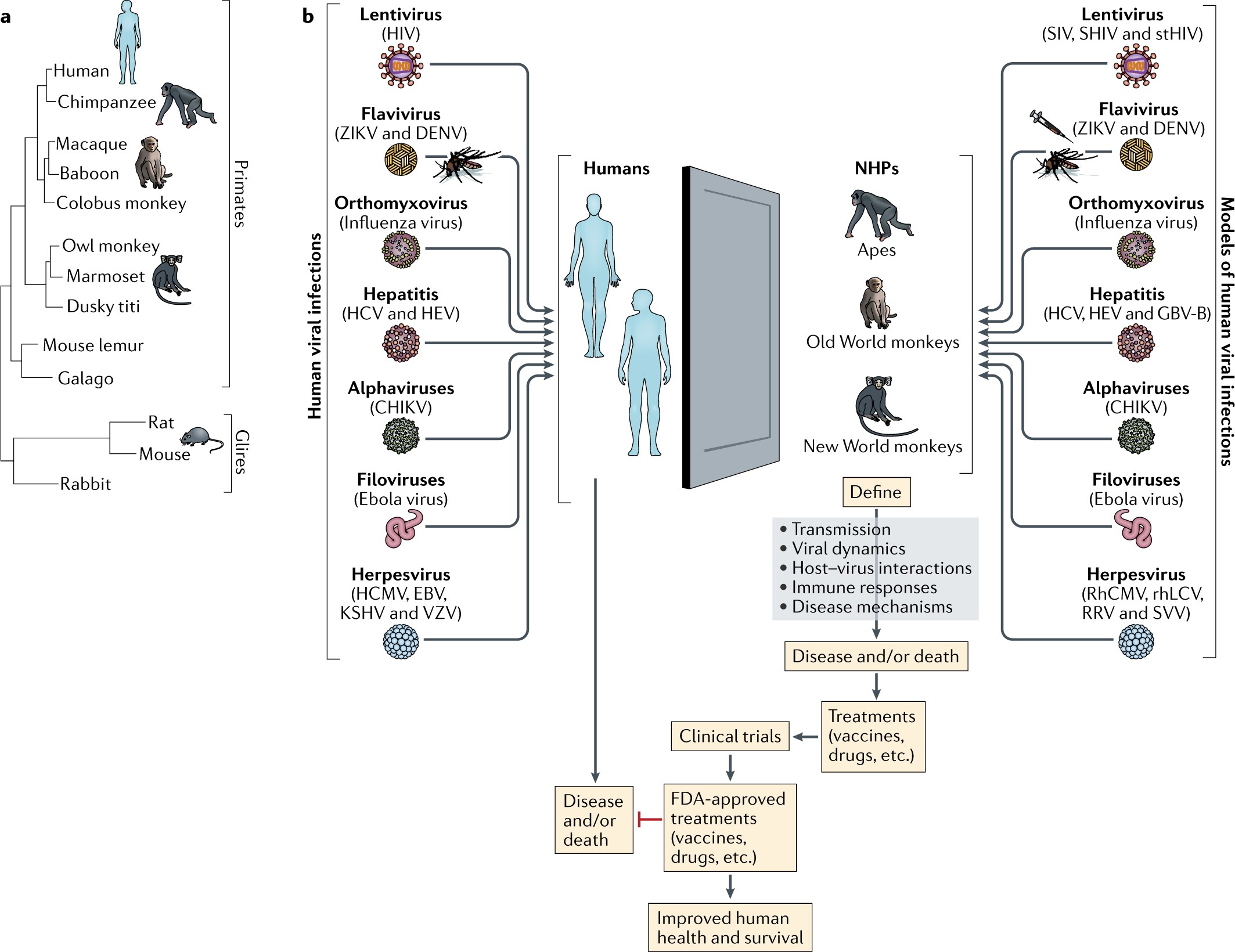



Nonhuman Primate Models Of Human Viral Infections Nature Reviews Immunology



African Non Human Primates Host Diverse Enteroviruses
2 Materials and methods21 Data sources211 Body weight, brain size, and group size The comparative sample analysed here includes a wide range of nonhuman primate species (n = 158), including apes, Old and New World monkeys, tarsiers, and prosimians, in order to maximise the size of the dataset (see Supplementary Online Material SOM Table 1 for the FileRange of Nonhuman Primatespng From Wikimedia Commons, the free media repository Jump to navigation Jump to search File; Brain imaging database of nonhuman primates Published on 4 October 18 New data has been made available which will help develop "wiring diagrams" that may ultimately improve understanding of a range of brain disorders
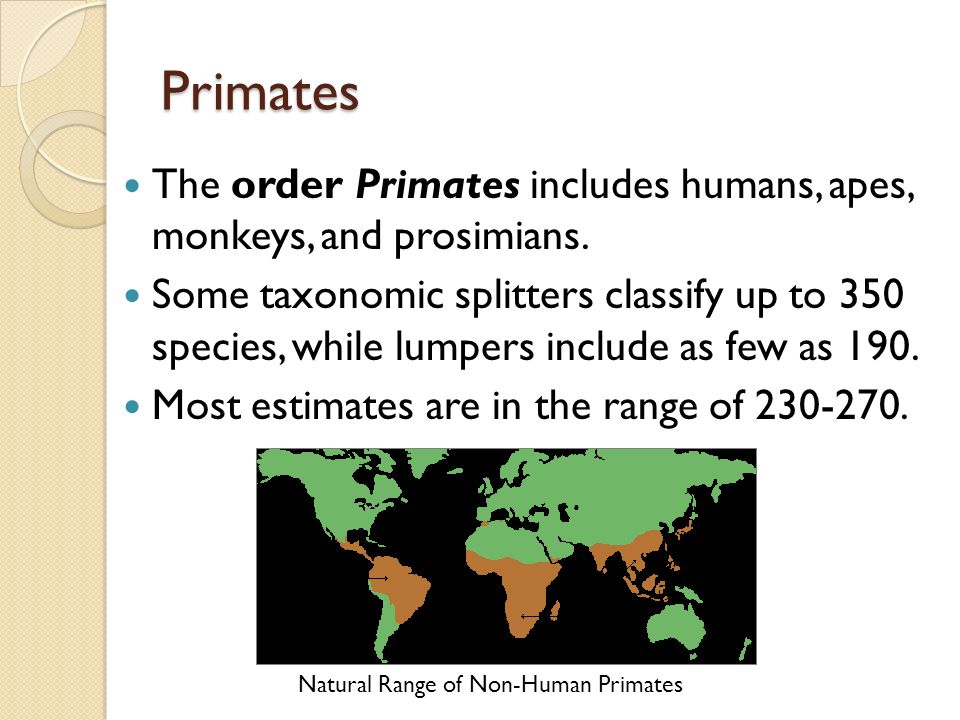



Human Evolution Ppt Video Online Download




Pdf New Range Record For Cercopithecus Petaurista Jill Pruetz Academia Edu
a total of eight nonhuman primate host species, including the golden snubnosed monkey ( r roxellana ), black snubnosed monkey ( r bieti ), vervet monkey ( chlorocebus aethiops linnaeus, 1758), rhesus monkey ( m mulatta ), northern whitecheeked gibbon ( n leucogenys ), northern pigtailed macaque ( macaca leonina blyth, 1863), anubis For humans and for nonhuman primates heart rate is a reliable indicator of an individual's current physiological state, with applications ranging from health checks to experimental studies of cognitive and emotional state In humans, changes in the optical properties of the skin tissue correlated with cardiac cycles (imaging photoplethysmogram, iPPG) allow nonThere are still nonhuman primates in Europe today, although not many of them On the Rock of Gibraltar, there is a population (of mysterious origins) of Barbary macaques There are currently around 230 macaques in Gibraltar, and their numbers are actually on the rise




Nonhuman Primates Species We Study Tulane National Primate Research Center




Justice And Fairness Related Behaviors In Nonhuman Primates Pnas
English Map showing range of nonhuman primates Tarix 9 avqust 11 (original upload date) Mənb Protozoans within the genus Plasmodium are wellknown as the causative agents of malaria in humans Numerous Plasmodium species parasites also infect a wide range of nonhuman primate hosts in tropical and subtropical regions worldwide Studying this diversity can provide critical insight into our understanding of human malarias, as several human malariaRelationship between human and nonhuman primates Legal and social status FileShanghaimonkeyjpg A man in Shanghai holds a monkey by a rope around her neck, while asking passersby for money Within the order Primates, humans are recognized as persons and protected in law by the United Nations Universal Declaration of Human Rights The legal status of nonhuman




The Primates Old World Monkeys
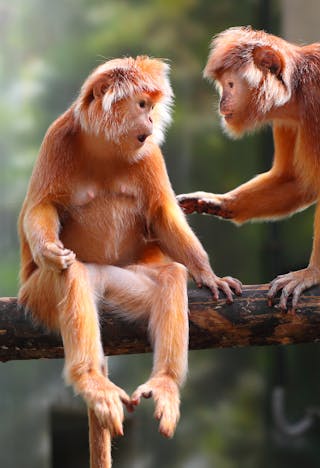



Why Apes Can T Talk Our Study Suggests They Ve Got The Voice But Not The Brains
Range of Nonhuman Primates So the old world/new world divide in primates is a fascinating subject Primate species are genetically very different between the Americas and the old world continents, consisting of different parvorders New world monkeys, for instance, are the only ones that have prehensile tails Humans frequently exposed to a range of nonhuman primate malaria parasite species through the bites of Anopheles dirus mosquitoes in Southcentral Vietnam Yoshimasa Maeno , Nguyen Tuyen Quang , Richard Culleton , Satoru Kawai , Gaku Masuda , Shusuke Nakazawa , and Ron P MarchandBackground Hostassociated microbes comprise an integral part of animal digestive systems and these interactions have a long evolutionary history It has been hypothesized that the gastrointestinal microbiome of humans and other nonhuman primates may have played significant roles in host evolution by facilitating a range of dietary adaptations




Primate Definition Species Characteristics Classification Distribution Facts Britannica
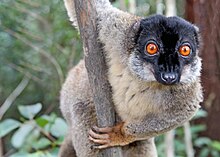



Primate Wikipedia
File usage on Commons;We use nonhuman primates – marmosets and macaques – to study how advanced behaviour is controlled by the brain Mental health research Our marmoset work provides a fundamental understanding of the processes behind the symptoms of psychiatric disorders including depression, obsessive compulsive disorder and anxietyFor the cynomolgus monkey The method validation and reference ranges presented in this research provide a robust analytical methodology for determination of peripheral blood lymphocyte subsets in various nonhuman primate species Keywords Immunophenotyping, flow cytometry, nonhuman primate, peripheral blood, validation, reference range




Hip Extensor Mechanics And The Evolution Of Walking And Climbing Capabilities In Humans Apes And Fossil Hominins Pnas



Nonhuman Primates American Anti Vivisection Society
What is the most successful non human primate?Size of this preview 800 × 418 pixels Other resolutions 3 × 167 pixels 640 × 335 pixels 1,425 × 745 pixelsUsing a nonhuman primate model of idiopathic hemochromatosis, hemosiderininduced T2 shortening of the liver was assessed at nine different field strengths over a range of 005 to 15 Tesla The 1/T2 values increased linearly with field strength, with all specimens having approximately the same zer



1




Behaviour Of Nonhuman Primate Mothers Toward Their Dead Infants Uncovering Mechanisms Philosophical Transactions Of The Royal Society B Biological Sciences
Among these, nonhuman primates (NHPs) represent a highly valuable alternative for the study of the mechanisms underlying human viral infections NHPs are phylogenetically related to humans and share a wide range of viral pathogens, often mimicking the clinical presentation of human infections 8However, the proportion of nonhuman primates used in research is minimal, only accounting for % of all animals depending on location When they are used, the greatest numbers are Old World monkeys especially rhesus and cynomolgus macaques, baboons and vervetsINTRODUCTION The most common nonfungal eukaryotic organism in the intestine of humans and possibly nonhuman primates (NHPs) is BlastocystisThis genus comprises many significantly divergent smallsubunit ribosomal RNA gene (SSUrDNA) lineages, termed subtypes (ST), and in humans, NHPs, other mammals and birds, 14 have already been defined (Stensvold et al




Secrets Of How Primates Can Live At Extreme Altitude Revealed New Scientist



Non Human Primate Eye Tracking Solutions Sr Research
Non–Human PrimatesMonkeys and apes, our closest living relatives, provide essential clues about the origin and nature of human behaviorNon–human primates alert us to the many, often uncanny similarities between humans and other animals, and theMotor control Although nonhuman primates can produce many of the maneuvers required for complex articulation, their overall performance is slow and unsophisticated In addition, there is no evidence that nonhuman primates are able to vocally imitate one another However, sophisticated articulatory abilities are insufficient to explain humanNonhuman primates are used in medical research because of their similarities to human beings Using animals that are so similar to humans, however, raises serious ethical concerns, which is why the use of nonhuman primates is monitored and strictly regulated




Use Of Non Human Primates Gsk




Rhesus Macaque New England Primate Conservancy
Murphy, M R Lack of Behavioral Effects in NonHuman Primates after Exposure to Ultrawideband Electromagnetic Radiation in the Microwave Frequency Range Radiat Res 143, 9397 (1995) The effect of acute exposure to ultrawideband (UWB) electromagnetic radiation on the Primate Equilibrium Platform (PEP) Nonhuman Primate Species African green monkey (Chlorocebus aethiops) Baboon (Papio sp) Common marmoset (Callithrix jacchus) Coppery titi monkey (Callicebus cupreus) Cynomolgus macaque (Macaca fascicularis) Japanese macaque (Macaca fuscata) Pigtailed macaque (Macaca nemestrina) Rhesus macaque (Macaca mulatta)File usage on other wikis;
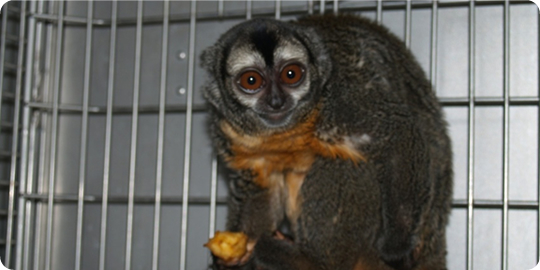



Non Human Primates Nhp
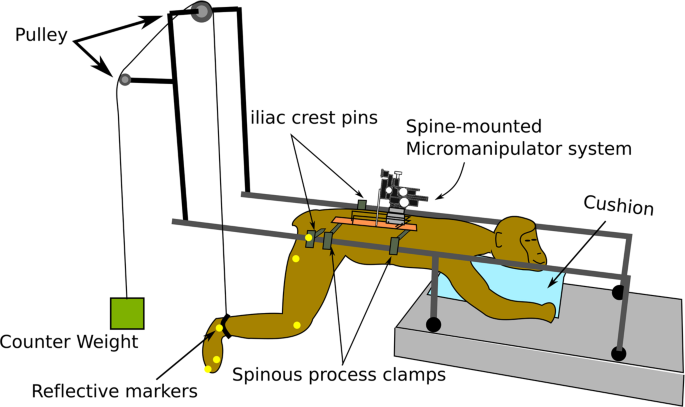



Functional Organization Of Motor Networks In The Lumbosacral Spinal Cord Of Non Human Primates Scientific Reports
Nonhuman Primate Species African green monkey (Chlorocebus aethiops) Baboon (Papio sp) Common marmoset (Callithrix jacchus) Coppery titi monkey (Callicebus cupreus) Cynomolgus macaque (Macaca fascicularis) Japanese macaque (Macaca fuscata) Pigtailed macaque (Macaca nemestrina) Rhesus macaque (Macaca mulatta)Native range of any nonhuman primate (Southwick et al 1996) They are habitat generalists, occupying elevations in their native range varying in elevation from sea level to 2500 m on average (Fooden 00) They are both arboreal and terrestrial, generalist omnivores, and capable of adapting to a diversity of environmental conditions Nonhuman primate models of autism spectrum disorder (ASD) are few and not well characterised Here, the authors describe synaptic function and gene expression changes in a marmoset model of ASD



1




Nonhuman Primates Exotic And Laboratory Animals Merck Veterinary Manual
Tools and primates Opportunity, not necessity, is the mother of invention Date Source University of Cambridge Summary When food is scarce, tool use among nonhuman primates348 votes, 52 comments 14m members in the MapPorn community High quality images of maps




Treatment For Exposure To Nonhuman Primates Vanderbilt Faculty Staff Health And Wellness




Oldest Non Human Stone Tools Outside Africa Found In Brazil



Human Primate Interactions Org




Advances In Nonhuman Primate Models Of Autism Integrating Neuroscience And Behavior Sciencedirect




Non Human Primates




Nonhuman Primate Pictures Nonhuman Primate Stock Photos Images Depositphotos




Sociobiological Features Of Tested Non Human Primates Species On This Download Scientific Diagram
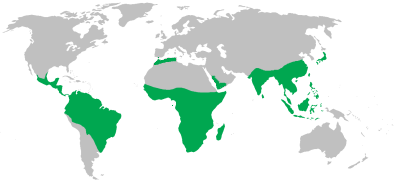



The Primate Order Explained Monkeys Apes Lemurs




Training Non Human Primates To Improve Welfare Animal Training Fundamentals




The Primates Overview




Scientists Created The First Embryo With Human And Non Human Primate Cells Time



Nc3rs Org Uk




Nonhuman Primates Exotic And Laboratory Animals Merck Veterinary Manual




Translational Impact Of Nih Funded Nonhuman Primate Research In Transplantation




Range Of Non Human Primates R Map
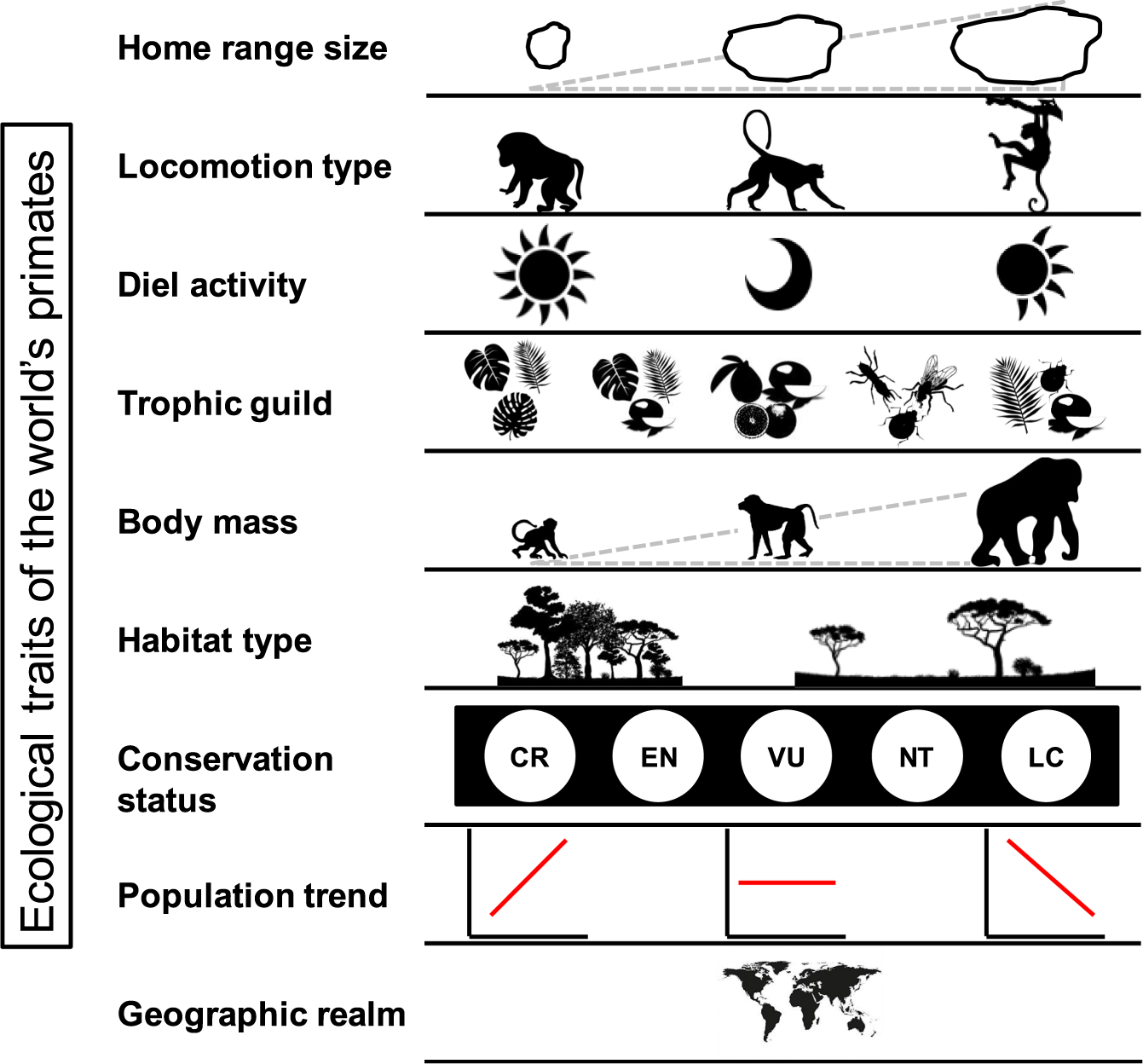



Ecological Traits Of The World S Primates Scientific Data




Latin American Monkeys At A Glance New England Primate Conservancy




Extensive Transduction And Enhanced Spread Of A Modified v2 Capsid In The Non Human Primate Cns Molecular Therapy




Housing And Husbandry Of Non Human Primates Nc3rs
/https://tf-cmsv2-smithsonianmag-media.s3.amazonaws.com/filer/db/1d/db1d3a29-1176-4fff-9ba5-0dd0608a3d37/26597756910_60d3637e5a_k.jpg)



Why Humans Are The Only Primates Capable Of Talking Smart News Smithsonian Magazine
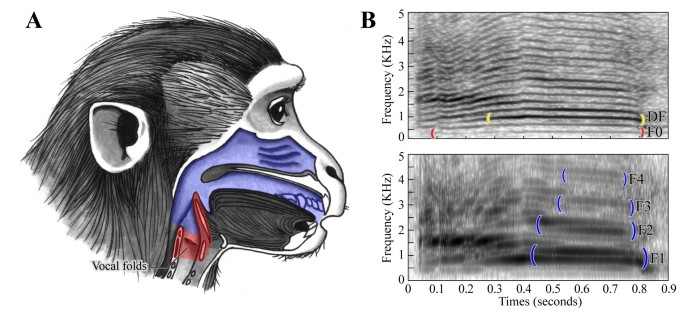



Body Size And Vocalization In Primates And Carnivores Scientific Reports
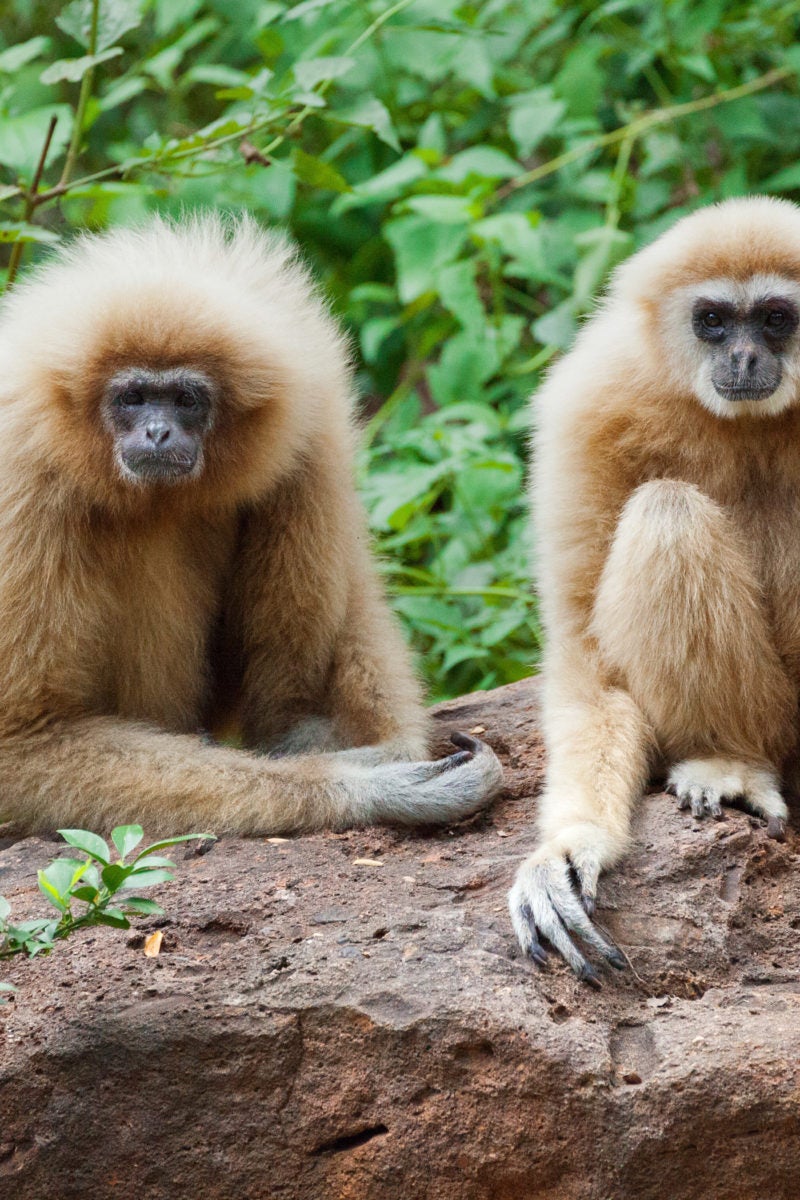



Why Do Some Primates Live In Pairs




Nonhuman Primate Breeding Colony Management Consortium




Oldest Non Human Stone Tools Outside Africa Found In Brazil




Four Countries Are Home To Two Thirds Of The Planet S Primates And Most Of Those Are Endangered Nrdc




Primate Wikipedia




Nonhuman Primates Species We Study Tulane National Primate Research Center




Primate General Considerations Britannica




Oldest Non Human Stone Tools Outside Africa Found In Brazil




The Nonhuman Primate In Nonclinical Drug Development And Safety Assessment Sciencedirect




Non Human Primates In Hiv Research Achievements Limits And Alternatives Sciencedirect




Pdf Gastrointestinal Parasites Of Captive And Free Range Non Human Primates In Savanna Zone Of Nigeria




The Gastrointestinal Microbiota Composition And Function Of Free Range Wild Western Lowland Gorillas Gorilla Gorilla Gorilla Mirrors Macro Ecological Patterns J Craig Venter Institute




Use Of Convalescent Serum Reduces Severity Of Covid 19 In Nonhuman Primates Sciencedirect
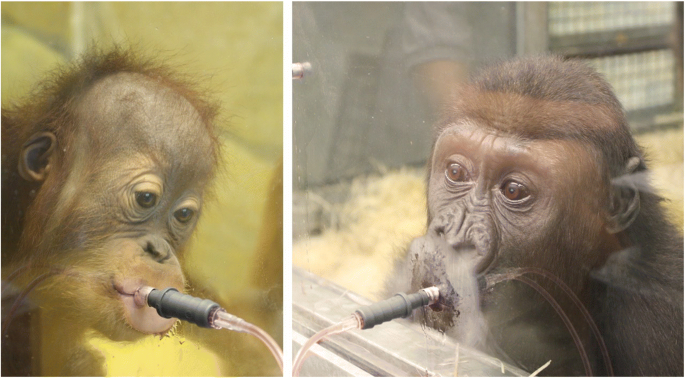



The Application Of Noninvasive Restraint Free Eye Tracking Methods For Use With Nonhuman Primates Springerlink




Cercopithecidae An Overview Sciencedirect Topics
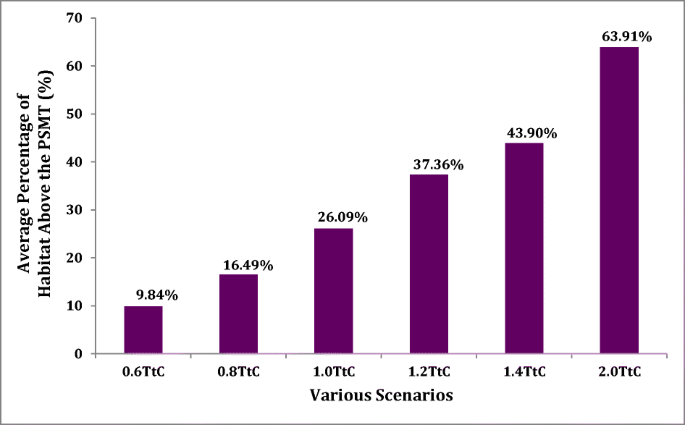



Climate Change Impacts On Potential Future Ranges Of Non Human Primate Species Springerlink



Nc3rs Org Uk




In Green And Yellow The Geographic Distribution Of Non Human Download Scientific Diagram




Latin American Monkeys At A Glance New England Primate Conservancy




Impending Extinction Crisis Of The World S Primates Why Primates Matter




Impending Extinction Crisis Of The World S Primates Why Primates Matter



Plos One Using Imaging Photoplethysmography For Heart Rate Estimation In Non Human Primates




Non Human Primates In Basic And Translational Research A Download Scientific Diagram




The Primate Model For Understanding And Restoring Vision Pnas




Non Human Primates Retroviruses And Zoonotic Infection Risks In The Human Population Learn Science At Scitable



Orip Nih Gov




Distribution Of The Great Apes Including Us The Decolonial Atlas




Global Primate Species Richness Distributions And The Percentage Of Download Scientific Diagram




Nonhuman Primates Species We Study Tulane National Primate Research Center




Comparison Of The Range Of Studied Species Groups In Corpus Language Download Scientific Diagram
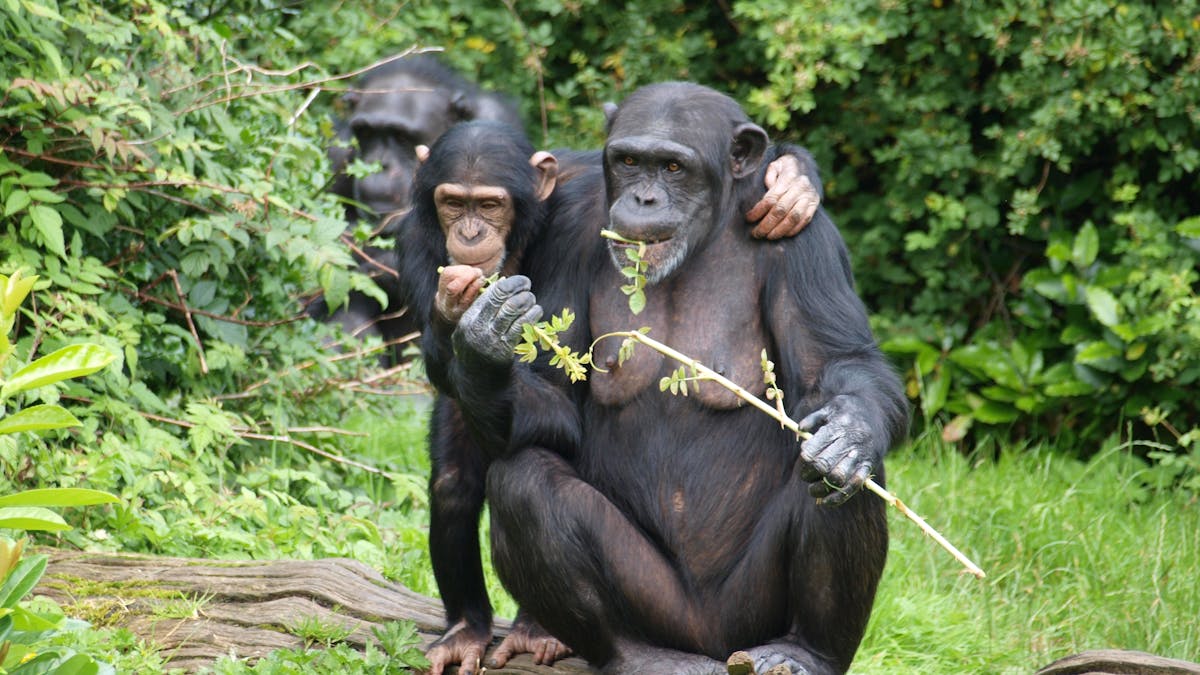



How Other Primates Self Medicate And What They Could Teach Us



Nc3rs Org Uk




Impending Extinction Crisis Of The World S Primates Why Primates Matter
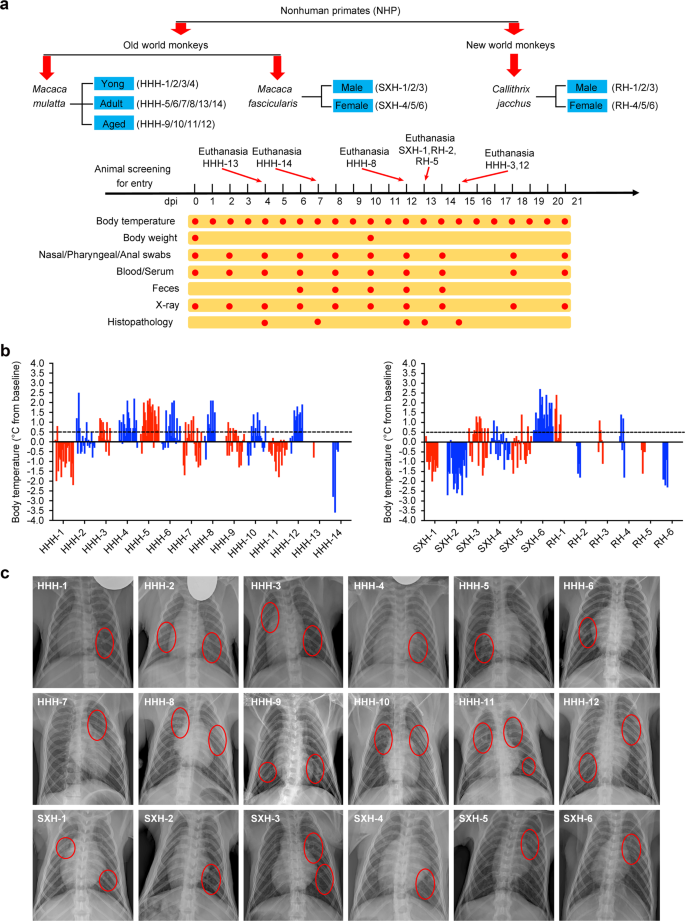



Comparison Of Nonhuman Primates Identified The Suitable Model For Covid 19 Signal Transduction And Targeted Therapy



Mrc Ukri Org
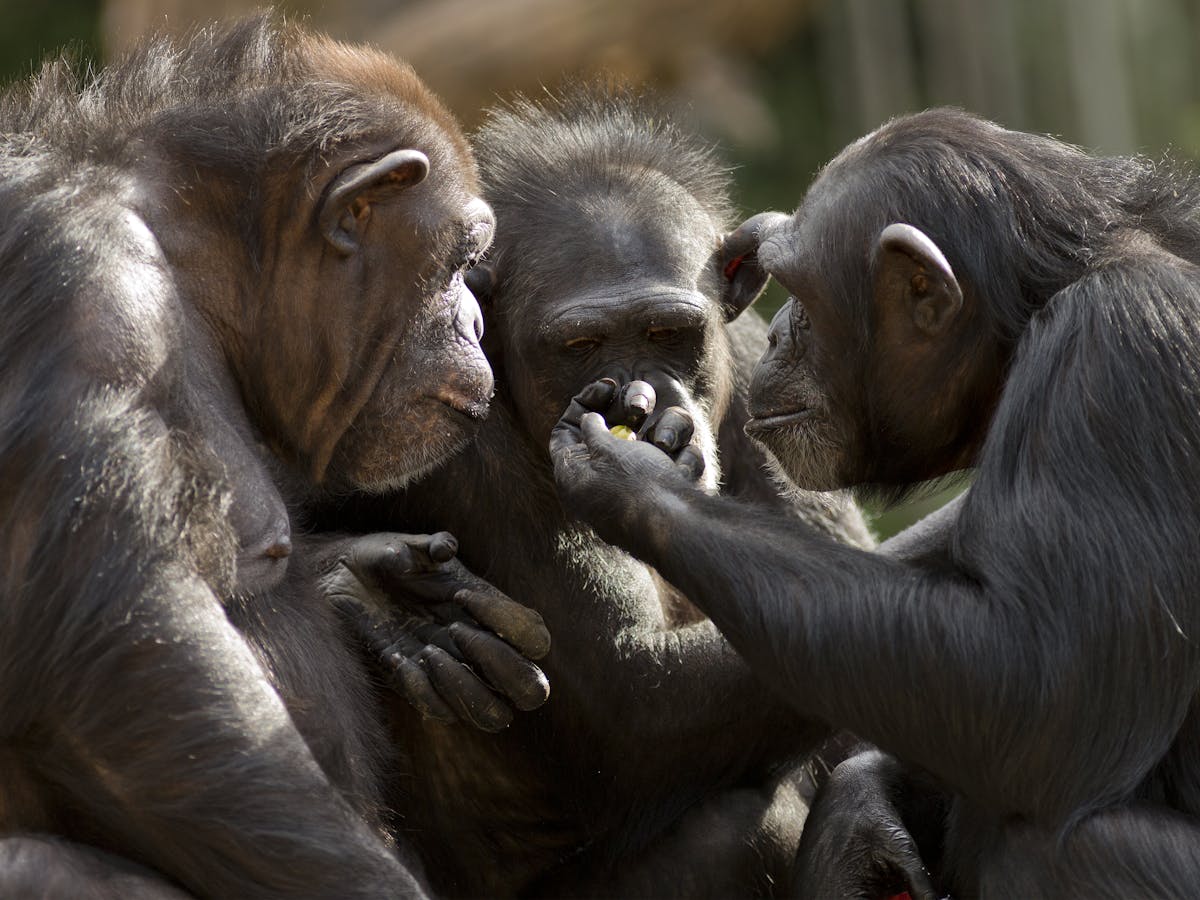



Why Apes Can T Talk Our Study Suggests They Ve Got The Voice But Not The Brains
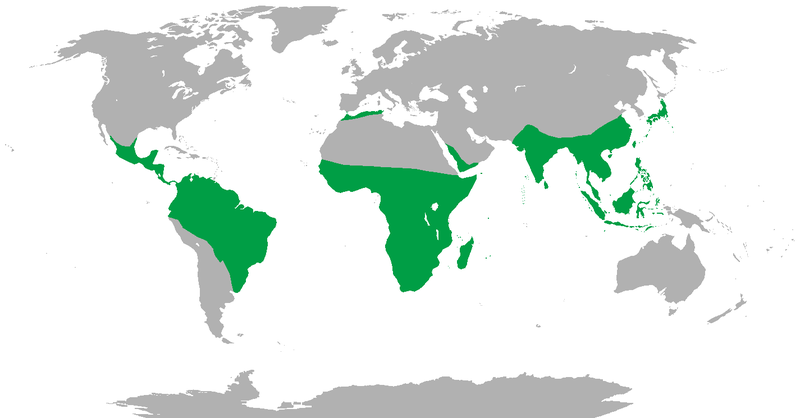



Primate Wikipedia




Nonhuman Primates Exotic And Laboratory Animals Merck Veterinary Manual



1




Impending Extinction Crisis Of The World S Primates Why Primates Matter




Primates Current Biology




The Welfare Of Non Human Primates Nc3rs




Gibbon Ssp



Plos One Knowledge Guided Robust Mri Brain Extraction For Diverse Large Scale Neuroimaging Studies On Humans And Non Human Primates
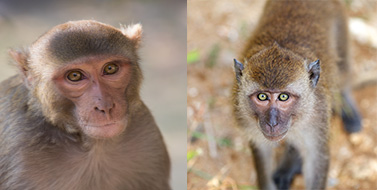



Home Primate Products Inc
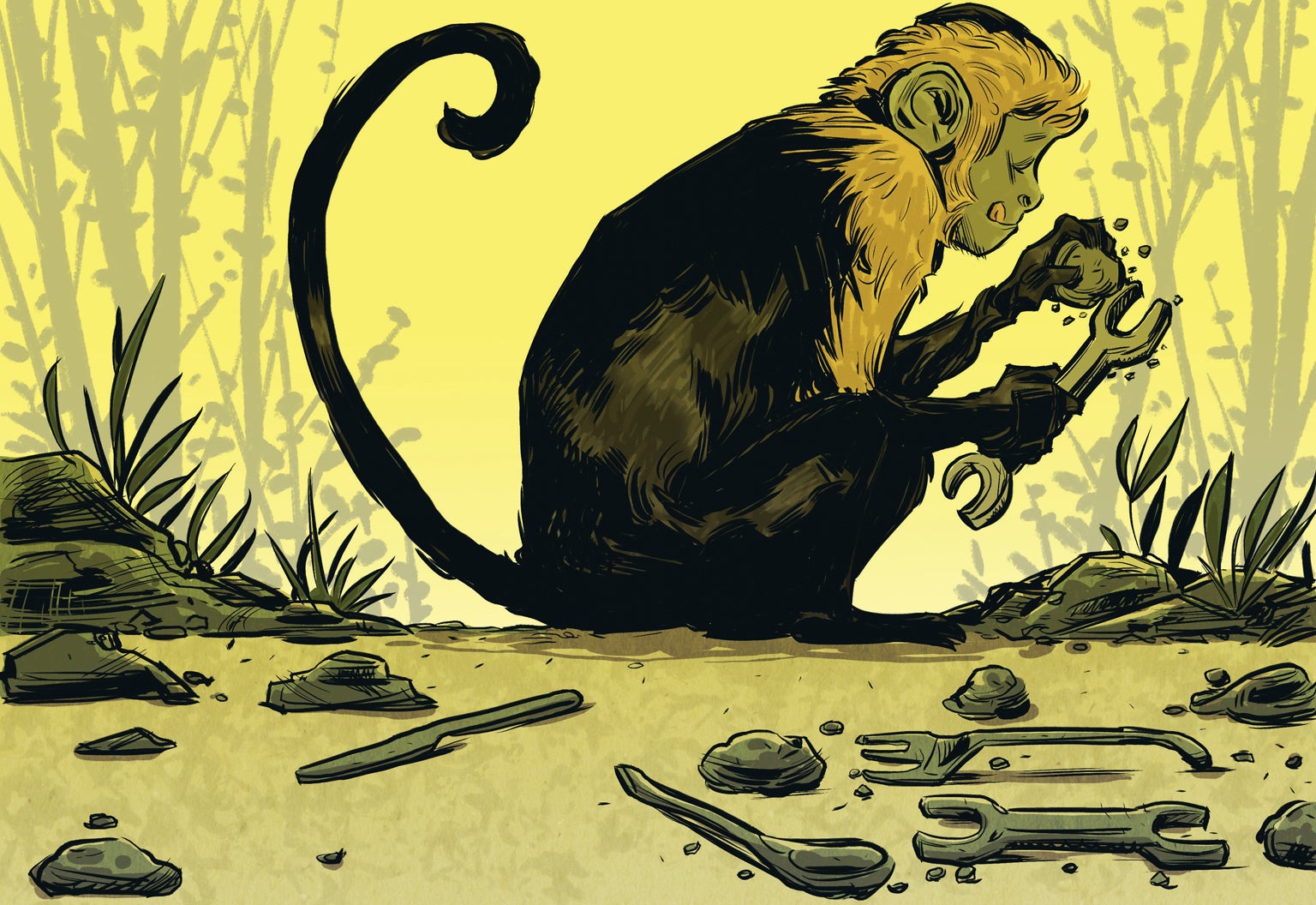



Monkeys Make Stone Tools That Bear A Striking Resemblance To Early Human Artifacts Scientific American




The Need For Research On Non Human Primates In Cognitive Neuroscience




Primate Malarias Diversity Distribution And Insights For Zoonotic Plasmodium Sciencedirect
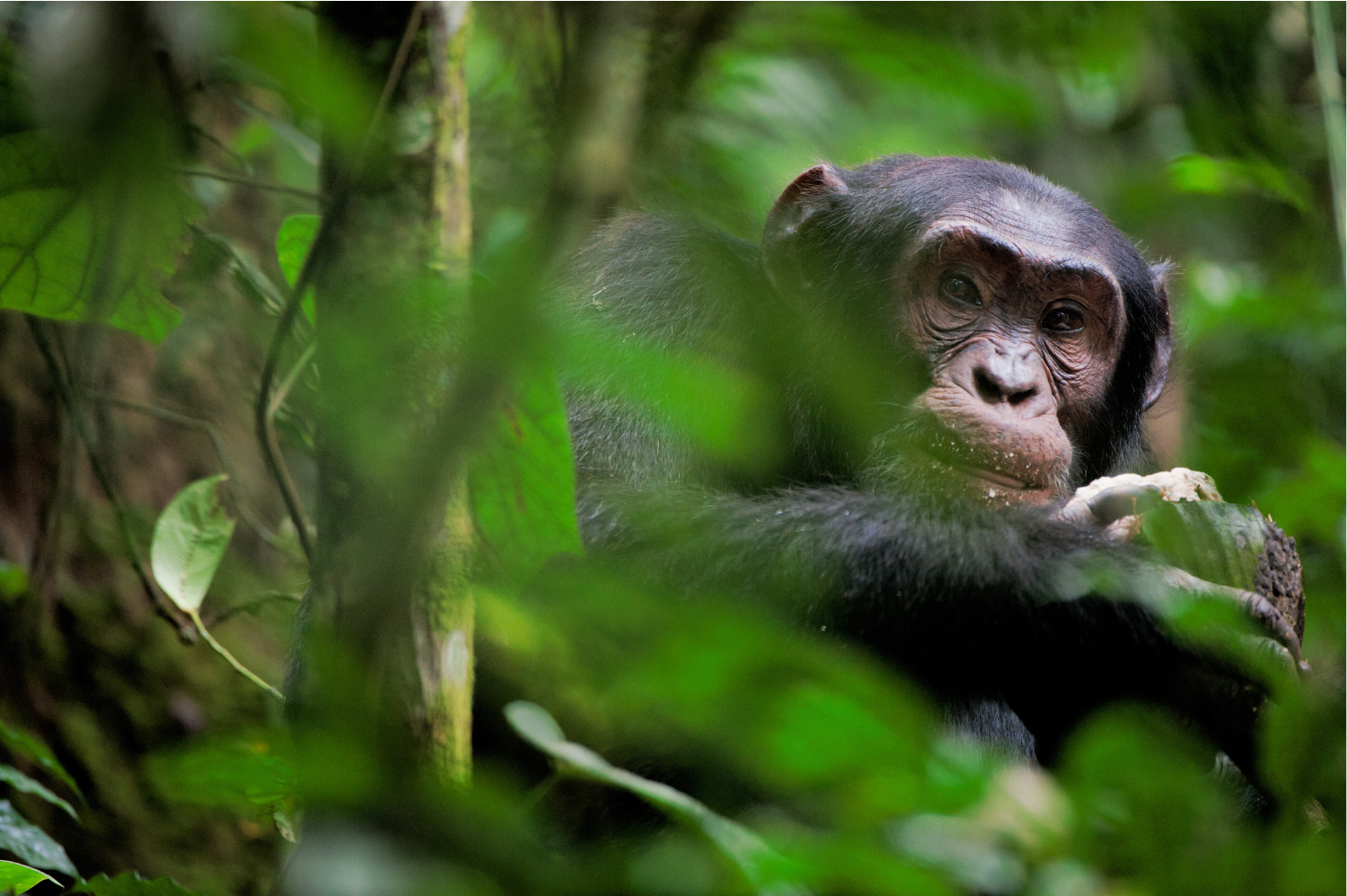



The Leakey Foundation Dozens Of Non Human Primate Species Are Vulnerable To Covid 19




Asian Monkeys At A Glance New England Primate Conservancy



Nonhuman Primates Standards And Guidelines For The Breeding Care And Management Of Laboratory Animals A Report The National Academies Press




Ccac Guidelines Nonhuman Primates




Q21 Nonhuman Primate Taxonomy Anatomy I Basics Research Animal Resources




Where Primates Live New England Primate Conservancy



Gibbons National Geographic




Where Primates Live New England Primate Conservancy



1




Requested Purchase Price For Nonhuman Primates In Javanese And Balinese Download Table
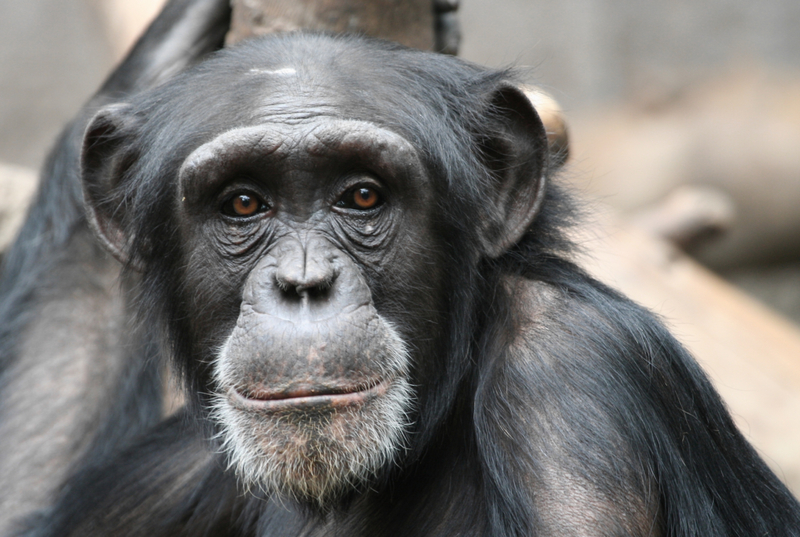



8 Human Like Behaviors Of Primates Live Science
コメント
コメントを投稿